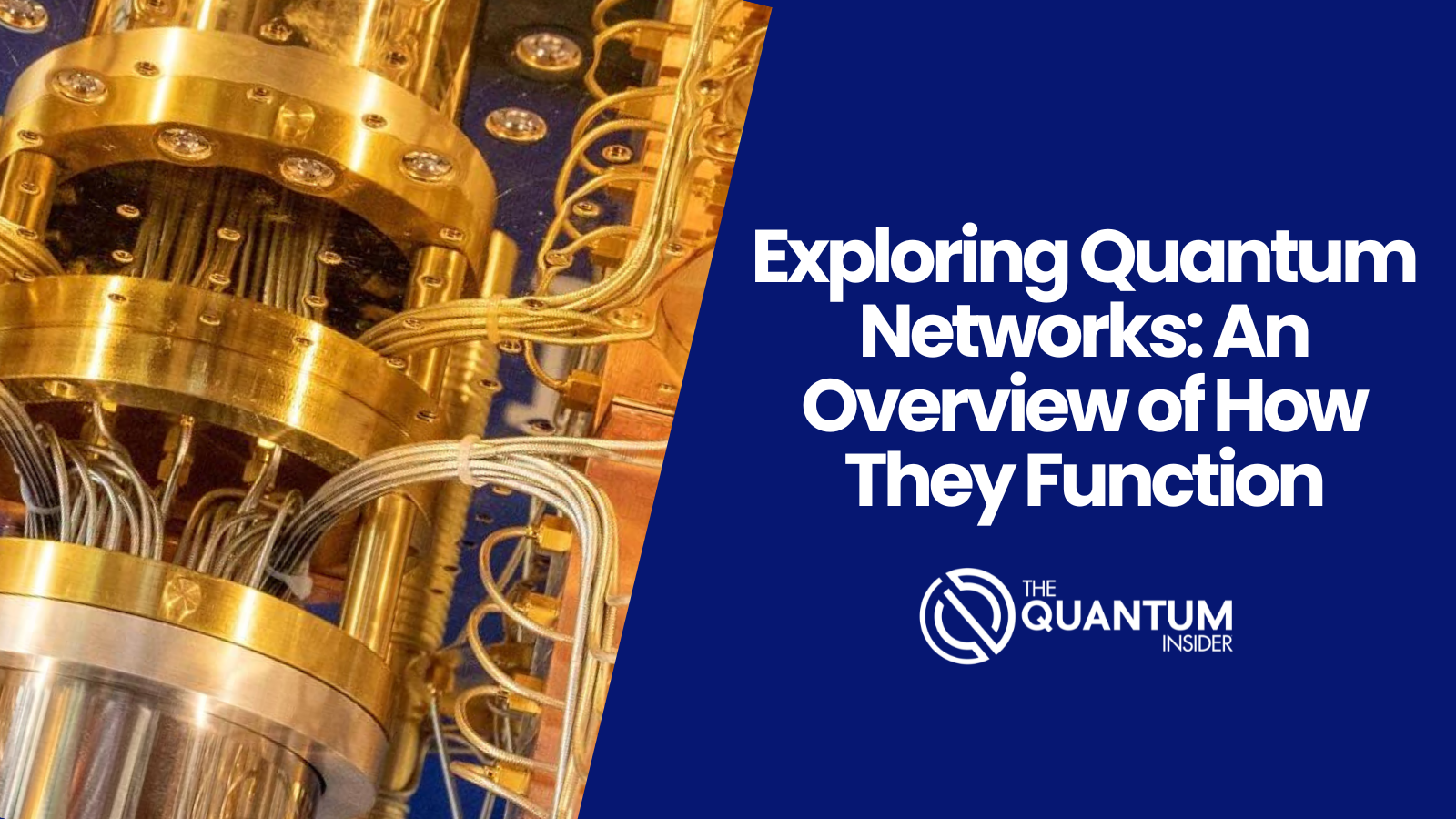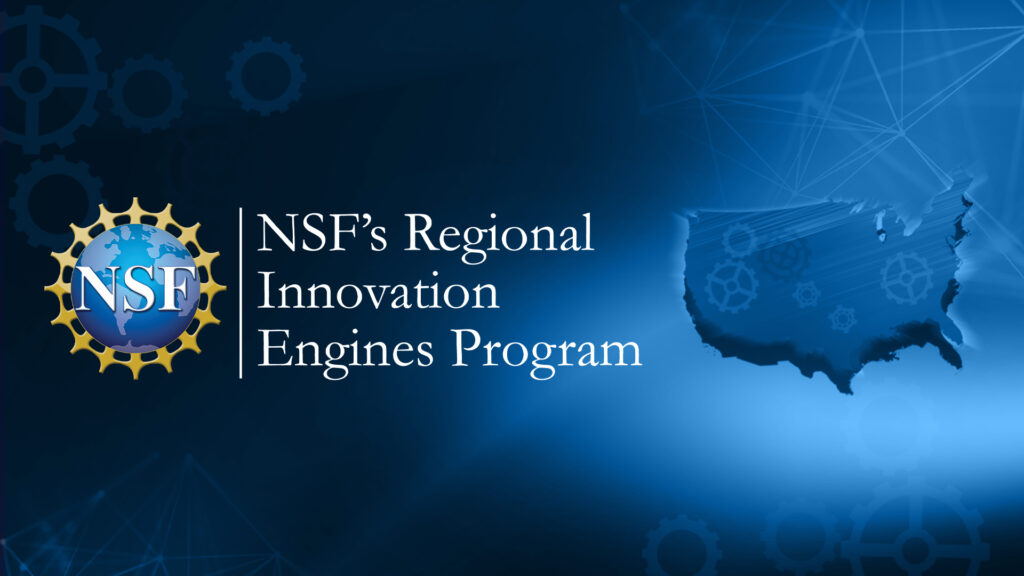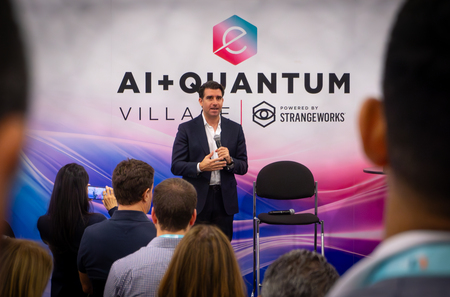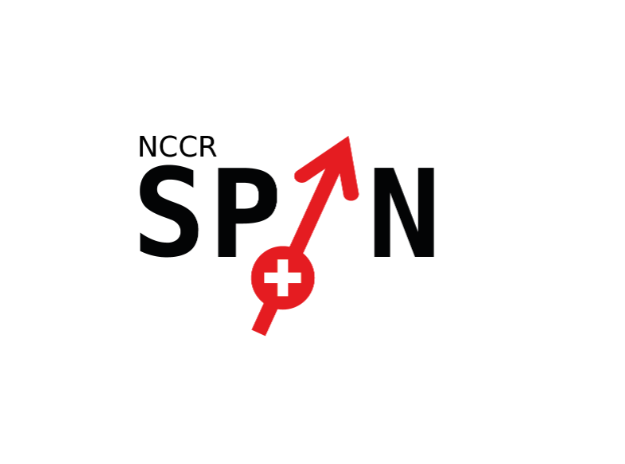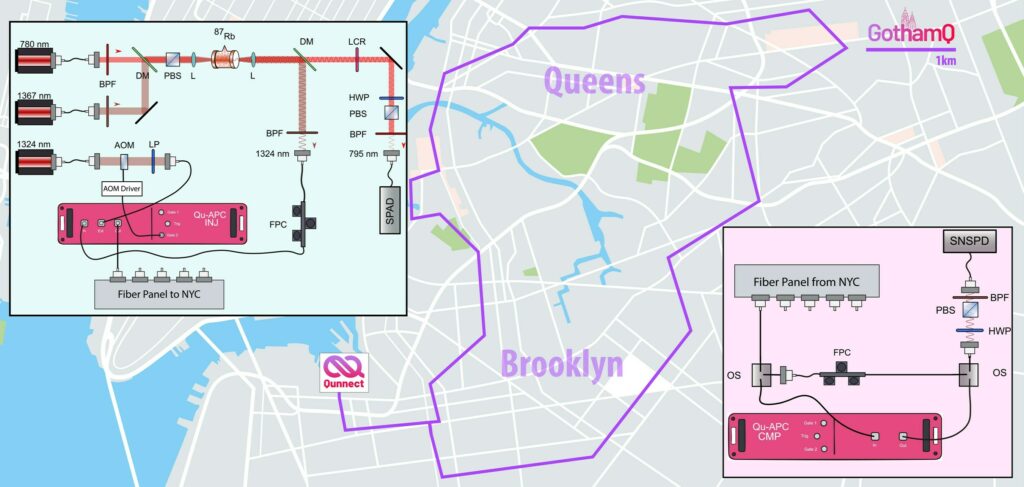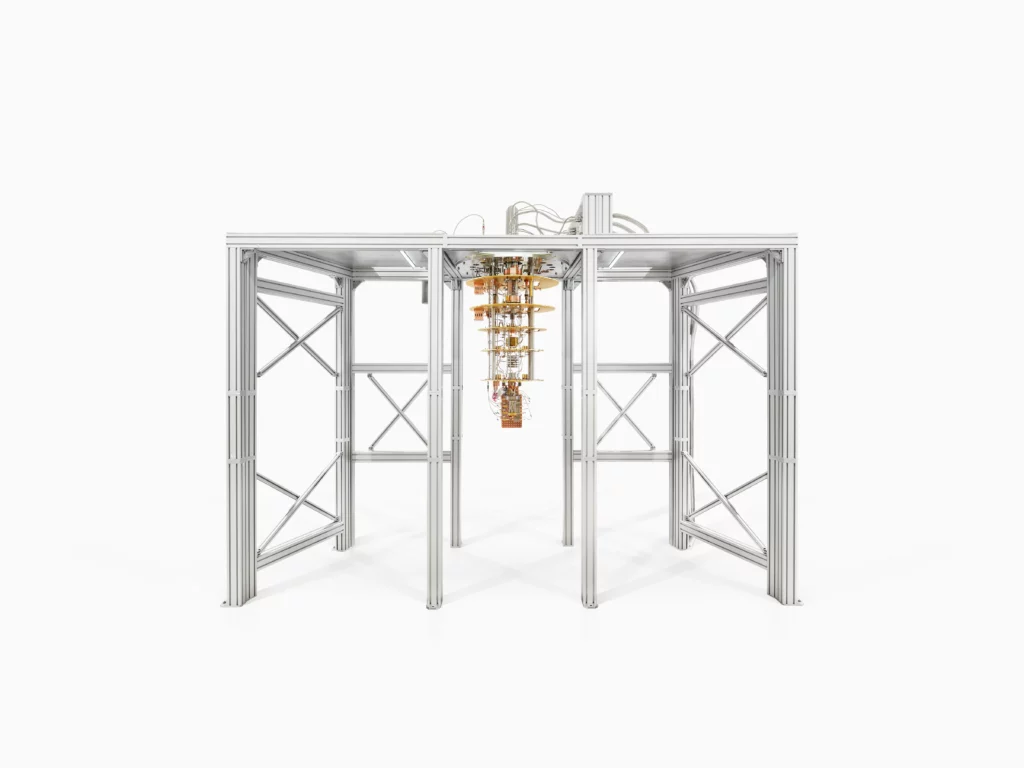An emerging technology called a quantum network enables geographically dispersed users to share entangled quantum bits. This type of network can increase security as well as enable new communication tasks, such as generating shared cryptographic keys. The advancement of computing hardware could increase the utility of public key cryptography and complement it. As a result of quantum networks, customers can also access third-party quantum computers on the cloud, simplifying computation without compromising their confidential data or precious code.
Definition of Quantum Networks
But how does a quantum network perform this ‘magic’?
That’s easy — or hard — depending on how you want to look at it. As opposed to classical networks, quantum networks use quantum phenomena such as superposition, no-cloning and entanglement. Photons or ions (the qubits in quantum networks) exist in a superposition of all their possible quantum states, each with a corresponding probability before they are measured. In the measurement process, one of these states is selected. Attempts to measure the photon’s quantum state are disturbed by the noise they cause, leading to a situation where the nature of quantum mechanics guarantees that quantum networks are intrinsically secure if they are designed and controlled in the correct manner.
One thing which is important to mention is when Alain Aspect, John Clauser and Anton Zeilinger jointly won the Nobel Prize in Physics 2022 for their experiments with entangled photons and for proving Bell’s inequalities were violated, it raised more interest in quantum entanglement — one of the key features of quantum networks — as well as potential applications for it.
Extended Quantum Networks
Currently, China seems to be making the most progress here, with the famous example occurring in 2016 when the country launched the quantum communication satellite (QUESS, or Mozi/Micius) which achieved QKD with two 2,600 km-distant ground stations. A year later, a QKD optical fibre network between Beijing and Shanghai was finished.
In 2021, with the help of over 700 optical fibres and two ground-to-satellite links, Chinese scientists — led by Jianwei Pan, Yuao Chen and Chengzhi Peng from the University of Science and Technology of China in Hefei — developed the world’s first integrated quantum communication network, distributing quantum keys over a distance of 4,600 kilometres.
Prior to this, it took the team several years to rigorously test and upgrade the performance of different components of the integrated network. As a result of the increased clock rate and the more efficient QKD protocol, the satellite-to-ground QKD was generating keys at a rate of 47.8 kilobits per second, reportedly forty times faster than it had been before. In addition, the team used a technology called twin-field QKD (TF-QKD) to surpass the 500 km mark for ground-based QKD.
In March 2023, Pan Jianwei was again in the news, when he was interviewed by Yicai Global about China developing a quantum communications network using satellites in low- and medium-earth orbits.
“We are cooperating with the National Space Science Center to develop a medium-to-high Earth orbit satellite. In the future, the combination of high orbit satellites and low Earth orbit satellites will build a wide-area quantum communication network,” said Pan.
The West is also working on a satellite-based quantum technology encryption network too, with the European Space Agency (ESA) developing a quantum communications network.
Nation states are collaborating as well: the US, the UK, Japan, Canada, Italy, Belgium, and Austria signed The Federated Quantum System (FQS) agreement in 2021, with commercial partners that include BT, Northrop Grumman, Japanese investment firm Sumitomo, Italian technology group Leonardo and Austrian quantum technology startup QTL on board.
You may also like:
- TQI Exclusive: An Introduction to Post Quantum Cryptography
- Quantum Neural Networks Could Best Classical Counterparts For Certain Tasks Important to The Chemical and Pharmaceutical Industries
- 3 Most Important Advantages of Quantum Computing
Quantum Networks Possible Applications
As quantum communication and quantum computation technologies become more useful and more easily available, some applications leveraging quantum networks are emerging. We shall now go through some of these briefly, highlighting two of three from NIST’s Physical Measurements Laboratory:
1. Quantum Cryptography
The unique capabilities of a quantum communication network (see above) could fundamentally improve the security of digital communication, which is a vital component of digital communication. Some promising areas include device-independent random number generation, position-based cryptography and fair two-party computation.
2. Quantum Sensor Networks
Distributed quantum sensors are capable of measuring quantities such as electric fields, magnetic fields and temperatures with a high degree of spatial resolution and precision. Research is ongoing — both at the theoretical and commercial level — in formulating protocols for measuring properties of spatially varying fields using entangled sensor networks.
Future of Quantum Networking
The way things are heading, the transmissions of data and how we receive it will be transformed by quantum networking. Even though quantum networks operate differently, they will be similar in architecture to classical networks, consisting of nodes with (quantum) processors, optical fibre lines and quantum switches that direct traffic to the appropriate node.
A number of governments, large technology companies and telecommunications companies will be the first to own and operate quantum networks. These early adopters of commercial services will be organizations with adequate budgets and high confidentiality requirements. TU Delft believes that some examples include financial institutions, manufacturers and suppliers in the defence industry, as well as non-governmental organizations.
Sadly, TU Delft also warns that criminal organizations and terrorists will also be leveraging quantum networks for their own, malicious ends.
“Over time,” TU Delft continues, “quantum networks will evolve into a full-scale quantum internet with higher bandwidths. Commercial quantum communication services will become more widely available and affordable, and we will have a quantum internet that co-exists with the classical internet.”
If you found this article to be informative, make sure to explore more of the current quantum technology news here. If you would like to explore the quantum tech ecosystem in more detail, you should check out our dedicated market intelligence platform.
Featured image: Xero-Sci


